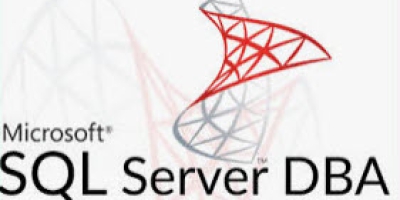Basic React JS สำหรับผู้เริ่มต้น
เว็บแอพปัจจุบันมีแนวโน้ม และเทรนด์ไปในทิศทางของ SPA (Single Page Application) กันโดยมาก...

SQL Database เป็น Relational Database ที่เราคุ้นเคย มีโครงสร้างเป็น Table, Column และ Row ของข้อมูล การเข้าถึงข้อมูลในฐานข้อมูลจึงจำเป็นต้องมีระบบการจัดการฐานข้อมูลมาช่วย เรียกว่า database management system (DBMS) หลักสูตรเพิ่มเติมความรู้ ไม่ว่าจะเป็นในเรื่อง การบำรุงรักษา ประสิทธิภาพการทำงาน ความถูกต้องสมบูรณ์ และรักษาความปลอดภัยของฐานข้อมูล
Module 1: Microsoft SQL Server Architecture
Module 2: Working with Databases
Module 3: Locking and Blocking
Module 4: Backup and Restoring SQL Server Databases
Module 4: Backup and Restoring SQL Server Databases
Module 5: Implementing Security
Module 6: Monitoring SQL Server
Module 7: Transferring Data
Module 8: Automating SQL Server Management
Module 9: Implementing High Availability
Module 10: Query Store
Module 11: In-Memory OLTP
Module 12: Introduction to graph databases
เว็บแอพปัจจุบันมีแนวโน้ม และเทรนด์ไปในทิศทางของ SPA (Single Page Application) กันโดยมาก...
ในหลักสูตรนี้เป็นการต่อยอดเนื้อหาจากหลักสูตร React JS Basic สำหรับผู้เริ่มต้น เพื่อให้ผ...
Kubernetes หรือ K8s คือ Container Orchestration เป็น OpenSource จาก Google ที่จะมาช่วยใ...
ภาษารัสต์เป็นภาษาโปรแกรมหลายกระบวนทัศน์สำหรับวัตถุประสงค์ทั่วไป ที่ถูกออกแบบมาเพื่อประส...
ปัจจุบันความก้าวหน้าทางเทคโนโลยีคอมพิวเตอร์เป็นไปอย่างรวดเร็ว เกิดข้อมูลขนาดใหญ่บนระบบค...
หลักสูตรนี้เป็นการเรียนรู้ผ่านการทำ Workshop จริงโดยใช้ React V.18 เป็นส่วนหน้าบ้าน (Fr...